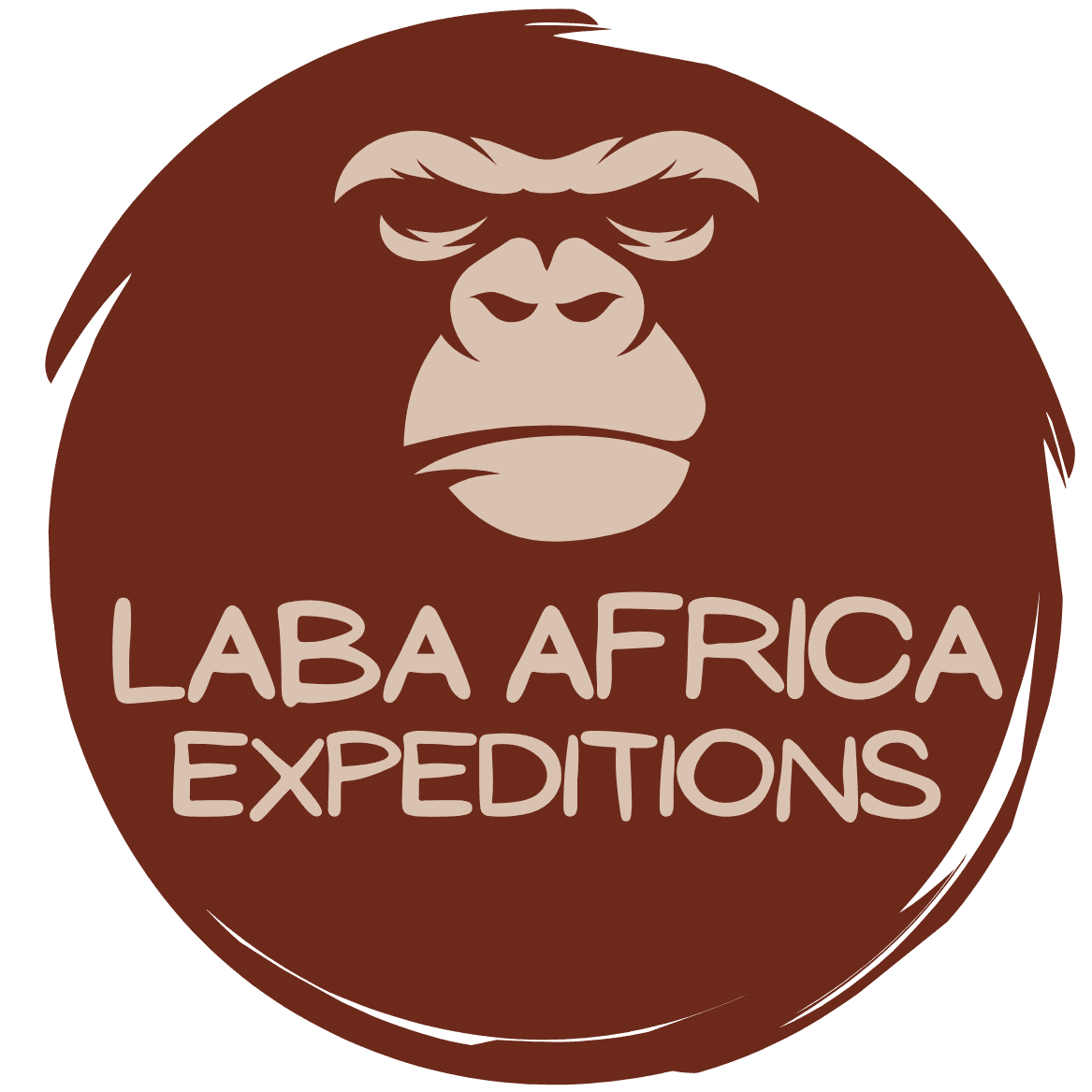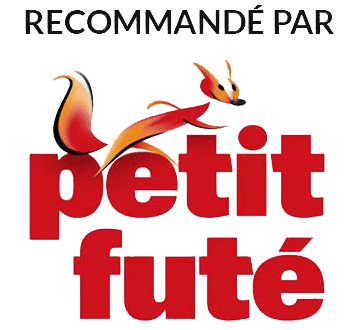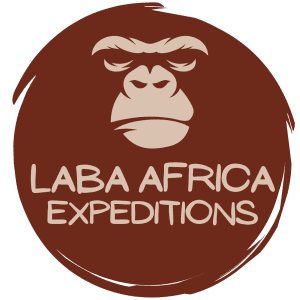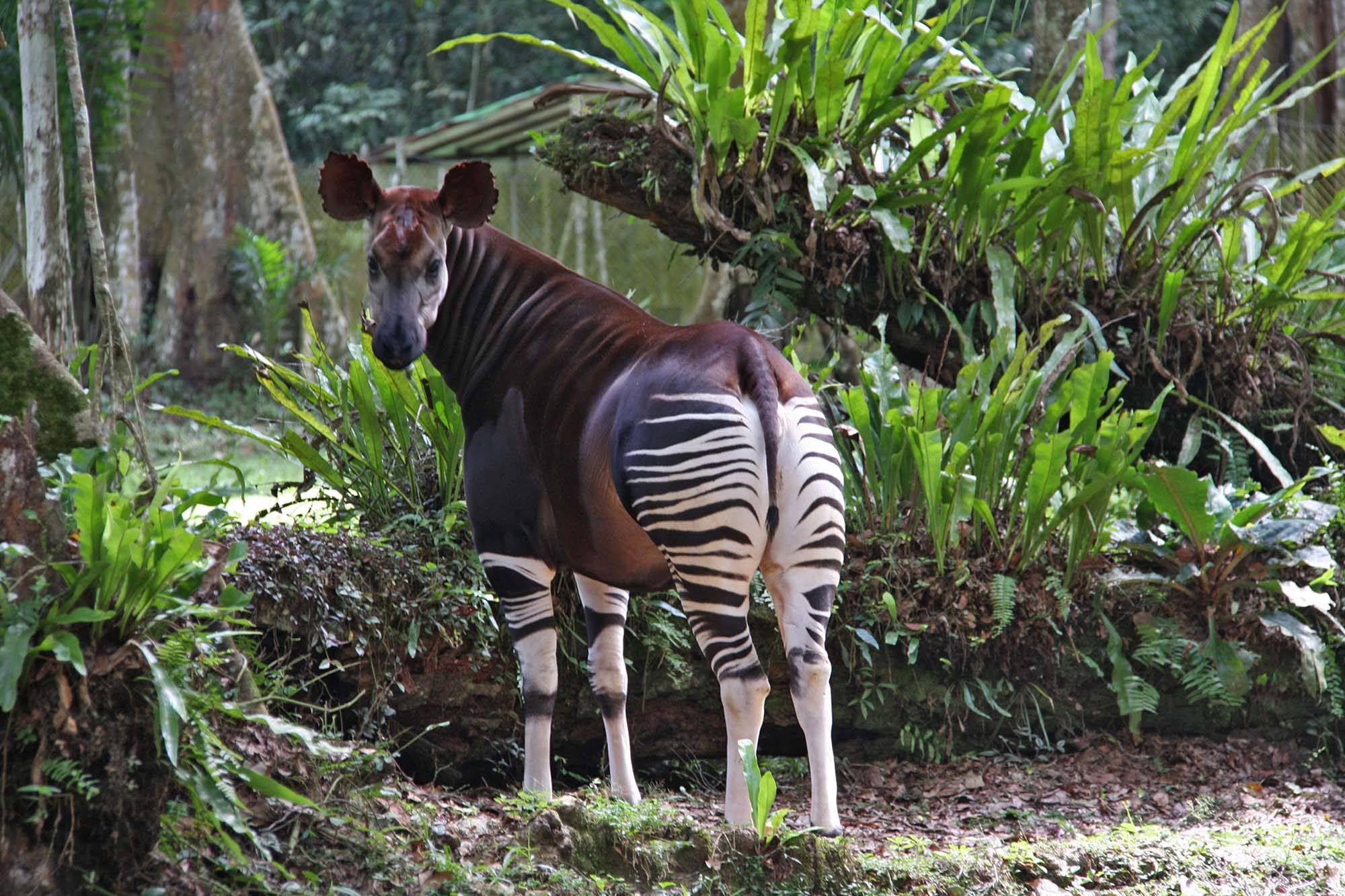
Okapi Wildlife Reserve
The Okapi Wildlife Reserve is a UNESCO World Heritage site and one of DRC’s greatest wildlife protection sites. It is found in the northeastern part of the Democratic Republic of the Congo, along the borders with Uganda and South Sudan. The reserve is only 13,700 square kilometers in size, accounting for one-fifth of the vast Ituri forest. Mount Mbiya and rivers like Ituri, Epulu, and Nepoko are among the park’s most notable features. Okapi Wildlife Reserve was established in 1992 to safeguard the endangered Okapi. It is the only park where visitors can witness Okapi in their native habitat. Aside from the Okapi, the reserve is home to 13 primates, 101 mammals, and 377 bird species. There are 2,000 leopards, forest buffaloes, 8,000 forest elephants, birds, butterflies, and other insects among them. The Ituri forest is home to the world’s last true forest people, the Efe and Mbuti pygmies.
Pygmies of Ituri forest, like the Batwa, have been forest gatherers and hunters for thousands of years. Because of the presence of Mbuti pygmies in the forest, the Okapi Wildlife Reserve is a wonderful spot to go for guided hikes and learn about the lives of a genuine indigenous African tribe. Prepare for a full jungle experience, including hunting with the pygmies, while on a safari in Congo and the reserve in particular.
The Okapi
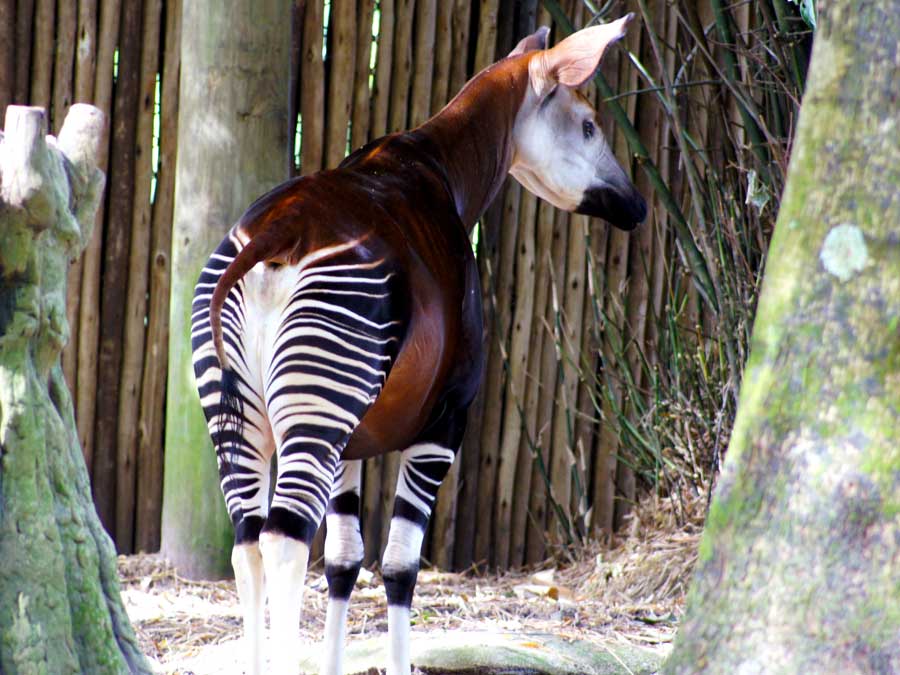
Aside from war and insecurity, the Democratic Republic of the Congo has the best biodiversity in Africa. Rare species found in Congo include the Okapi, bonobos, mountain and eastern lowland gorillas. The okapi, also known as the woodland giraffe or Okapia johnstoni, is a strange-looking species with zebra-like stripes on the lake. The Okapi is astonishing since they are more closely related to giraffes and were only uncovered in 1901 at the Virunga National Park. It can only be found in the DR the Congo, specifically in the Ituri forest and the Virunga National Park. The Okapi Wildlife Reserve alone is home to an estimated 5,000. The majority of them can be found in Ituri forest, with a few in Virunga National Park.
The Okapi has been classed and designated as endangered by the Institute in Congo for the Conservation of Nature (ICCN) since their initial protection in 1933. This new classification is due to their decline in population during the last 20 years. The Okapi has been designated as a national symbol of wildlife conservation by the Congolese government, and it appears on several national symbols.
Large and dense forests are required for the Okapi and other wildlife in the reserve to thrive. Forest encroachment by migration from overpopulated areas of Eastern Congo, poaching for bush meat, illegal logging, illegal gold and Coltan mining are the most serious threats to the Okapi and the reserve. Protecting the Okapi and the reserve is difficult due to the unpredictable security scenario and lack of political stability in the eastern portion of Congo. The Mai-Mai militia attacked the Epulu park offices in 2012, killing six people and 13 Okapi. In 2015, the guard station in Zunguluka was attacked and destroyed.
The majority of these attacks are carried out by militias in revenge for the good work done by government troops and the Okapi Conservation Project in combating poachers and illicit miners in the Reserve. The most serious threat to the Okapi Wildlife Reserve is the ongoing movement of people from other parts of the nation into the reserve area. While pygmy cultures have learned to live in harmony with nature by taking only what is necessary, newcomers are to blame for deforestation and excessive hunting.
Rebel action in the reserve decreased the overall number of forest elephants in the park between 1996 and 1998. The ivory trade was immensely profitable in Congo at the time (It still is but risky these days). The predicament of elephants drew the attention of animal conservation groups worldwide. Funds were made available, and Operation Tango was launched to curb elephant slaughter and safeguard places that Congolese authorities could not reach. This operation was a huge success, and it helped to build stability in the reserve, which is still in place now. This exercise also demonstrated that the reserve’s survival is dependent on the help of foreign partners. As we will see in the following paragraph, the Okapi Conservation Project and the Epulu Conservation and Research Center are important institutions.
Okapi Conservation Project
Okapi Wildlife Reserve was established in conjunction with the Congolese government by the Okapi Conservation Project. The Okapi Conservation Project, now led by John Lukas, aids and continues the work of the ICCN to conserve, safeguard, and administer the majority of the Okapi Wildlife Reserve’s affairs. The initiative was established in 1987 (earlier than the Okapi Wildlife Reserve) to safeguard indigenous pygmies and endangered Okapi at the reserve. Although the Okapi is the major focus of the project, other species such as chimps and forest elephants have benefited from the reserve’s conservation efforts. The Epulu Conservation and Study Centre was established as a research and breeding site with around 14 Okapis.

The Okapi Conservation Project’s work is based on outreach initiatives, wildlife educational programs, and community support. The initiative also assists in educating people both inside and beyond the reserve about the value of the Okapi Wildlife Reserve. The initiative has invested in increasing the ability of its local employees, Guards, and communities living outside the reserve to support its objective. One of the project’s key accomplishments is the provision of accommodation and medical care for rangers employed in the reserve and their families. In addition, the initiative covers all administrative expenditures in the reserve, such as gasoline, office supplies, patrols, uniforms, boots, and communication equipment such as satellite phones.
To combat poaching, illicit logging, and mining, the initiative has also assisted in the establishment of a well-organized intelligence network incorporating pygmies and people living around the reserve. They have managed to persuade the pygmies and surrounding people that they are on their side, therefore winning their trust.
Because of the project’s strong working relationships with the local populations, it has assisted with the establishment of hospitals (including ambulances), schools, and water supplies in the region. They also assist local farmers in employing innovative agricultural techniques to increase their annual output. The initiative has established a fund to assist the families of fallen rangers. It is crucial to note that, despite the Okapi Wildlife Reserve’s aforementioned accomplishments, the reserve’s survival is dependent on excellent and strong leadership in the Democratic Republic of the Congo. With the recent presidential elections, there is great expectation that a new chapter in the country has begun, and substantial political changes will begin a clear roadmap to peace and prosperity in all sections of the country.
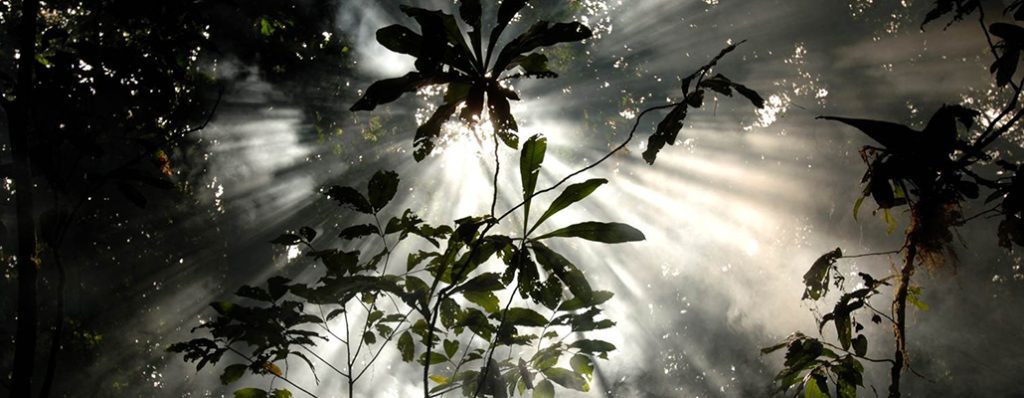
The Okapi Wildlife Reserve Safari Activities
Viewing Wildlife: As previously said, Okapi Wildlife Reserve is not just dedicated to Okapis. It also boasts a variety of different animals, making for extremely intriguing wildlife encounters for those who are fortunate enough to come. Among the various species found in the reserve are Chimpanzees, leopards, huge forest pigs, elephants, water chevrotain, forest buffaloes, gigantic pangolins, golden cats, pygmy antelopes, forest genet, Anubis baboons, many other antelope species, and African dwarf crocodiles.
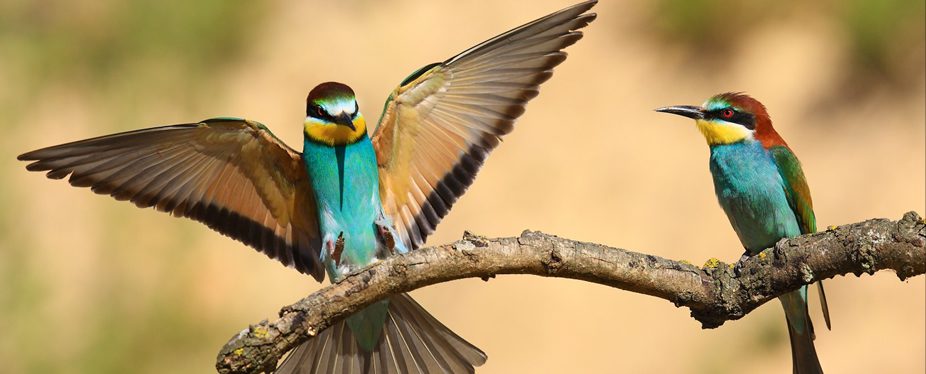
Birdwatching:
The Okapi Wildlife Reserve is one of the top places in the Democratic Republic of the Congo to go birding. There are 370 species documented in the reserve. Vultures and herons are the most visible species.
Cultural encounters with the pygmies.
If you can’t fathom an African safari without seeing one of the continent’s indigenous tribes, the Okapi Wildlife Reserve will not disappoint. Mbuti pygmies are shorter in stature than their bantu neighbors who live outside the reserve. They are primitive people whose lifestyles have not been significantly disrupted by contemporary civilization. The Mbuti and Efe pygmies, like the Batwa pygmies in Uganda, have been forest hunters and gatherers in the Ituri forest for thousands of years. When they are not hunting, pygmies collect honey, insects, seeds, fungus, and plants. They are experts in identifying medicinal plants in the wild. While most Batwa were expelled from the forests to make place for mountain gorillas , the Okapi Wildlife Reserve pygmies continue to live contentedly in the Ituri forest. The pygmies have a high regard for the forest and its inhabitants. That is why it has been simple to collaborate with them while leaving them to their traditional ways of living.
Pygmies and bantu neighbors have long coexisted peacefully. In order to consume a more balanced diet, they substitute game meat for grains and other starchy items.
The pygmies will take you into the forest to search for forest birds and animals with permission from the park officials. Antelopes and primates are their favorite animals. They hunt with bows and arrows and capture fish using fiber nets or arrows. Moving with the pygmies is the greatest way to spot the uncommon Okapi since the pygmies employ strange hints to discover them. By carefully scrutinizing the indications left behind, the pygmies can identify the majority of the plants and animals. After viewing the pygmies, you may compare lifestyles with their bantu neighbors.
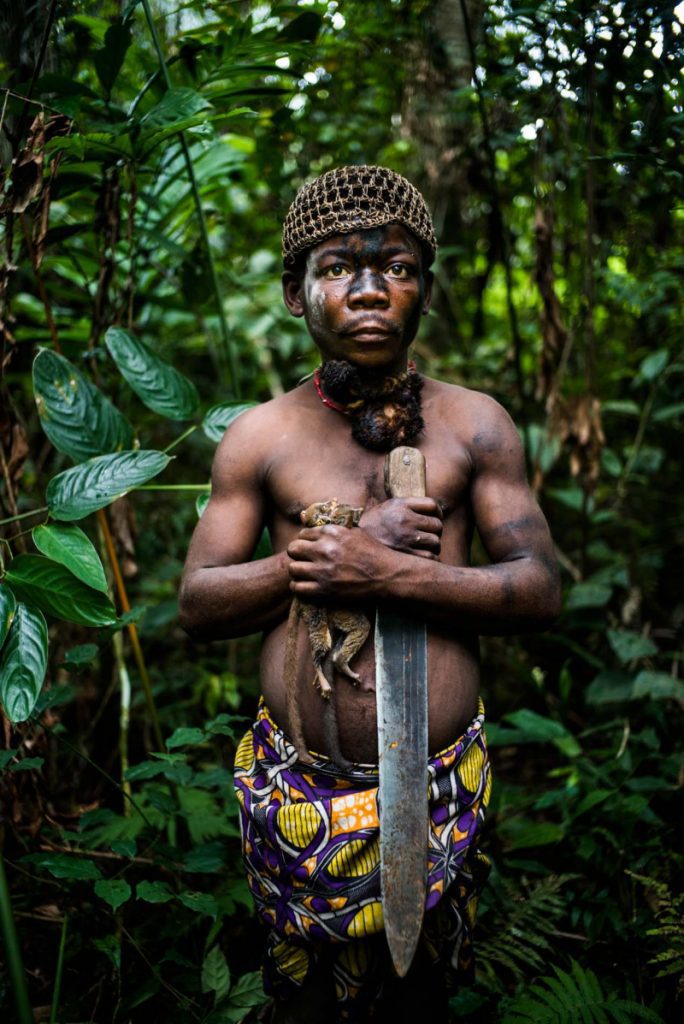
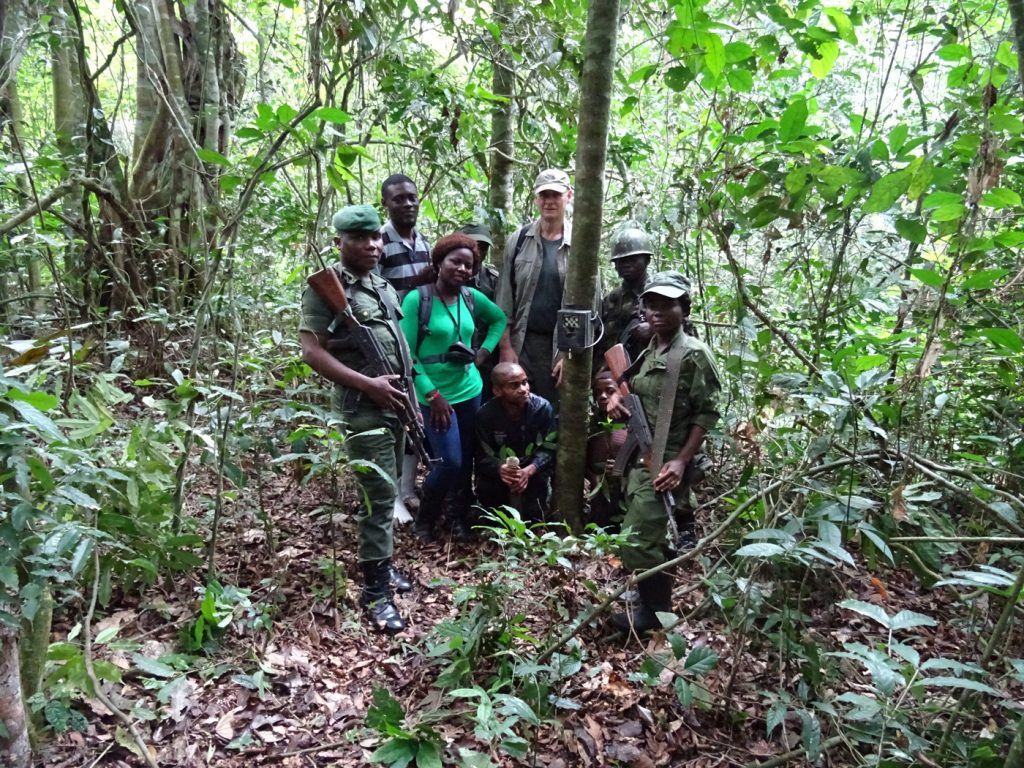
Nature Hikes:
Guided nature walks to some of the nicest sites in the forest may be arranged. Okapi Wildlife Reserve, like many of the Democratic Republic of the Congo’s national parks, is still blessed with unspoiled wilderness that has yet to be found or visited by many. The distance and inadequate road networks have kept several of Congo’s reserves and national parks isolated and therefore well protected. You may climb Mount Mbeya or see the magnificent rivers of Nepoko while staying in the Okapi Wildlife Reserve. Some of the most spectacular waterfalls you will ever see may be found in the Ituri forest.
Camping:
Visiting the distant sections of Congo, particularly the Okapi Wildlife Reserve, is for individuals who are daring and want to do something out of the usual. Something absolutely distinctive that they may tell your friends who are more familiar with the more popular African safari spots. Camping at the Okapi Wildlife Reserve will provide you with the unique opportunity to experience authentic African wildness. The nicest camping spots are along the Epulu River.
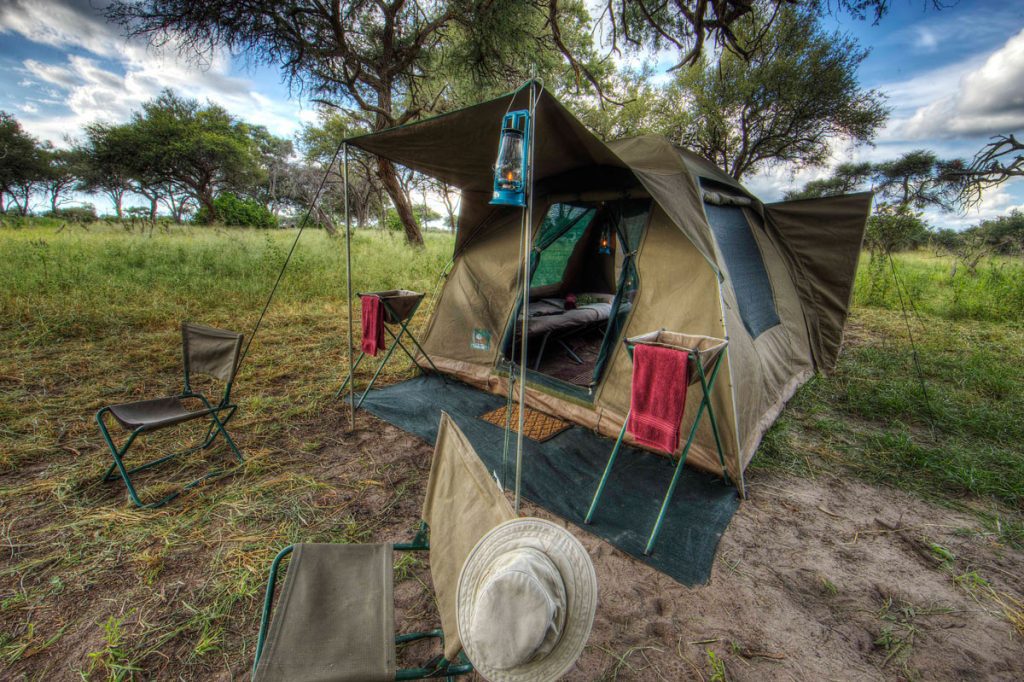
What You Should Know Before Visiting the Okapi Wildlife Reserve
The Okapi Wildlife Reserve is presently visited by very adventurous tourists who understand that taking risks is necessary in order to experience something unique. And by risk, I mean traveling to Congo despite the fact that the nation has received a lot of bad reputation. Choosing to go or not go even if there is an Ebola outbreak or rumors of rebel action or kidnapping. These daring tourists are aware that people live in these nations and that there are many more foreign travelers prepared to accept the risk. Indeed, the possibilities of acquiring Ebola or being caught in the crossfire of rebels are so remote that you ask why we can’t accept the risk. Are you willing to take the same risk that so many others are?
When is the best time of year to visit Okapi Wildlife Reserve?
The Okapi Wildlife Reserve is theoretically available all year, although the dry season between June and August is ideal for visiting. Before visiting the Okapi Wildlife Reserve, you should exercise caution and get an update on the situation on the ground from the Okapi Conservation Project or your tour operator. As previously stated, the Okapi Wildlife Reserve is located on the border between Uganda and the Democratic Republic of the Congo. Isiro is the nearest settlement to the reserve. If you want to visit the Centre, you should travel from Isiro (the nearest town), Kisangani, or Beni and stop at Epalu. If you’re driving from Beni or Kisangani, plan on a full day of travel and another for the return. Especially during the wet season, you’ll need a robust four-wheel drive in good mechanical condition (with extra tires). Travelers landing in Kinshasa or Kigali in Rwanda can also arrange chartered aircraft from the airports in Bunia or Goma.
The park is free to enter, but lodging is not. You would be responsible for arranging your own lodging when visiting the reserve. The reserve headquarters in Epulu is the greatest spot to stay. They have their own lodging, although there are only a few rooms available at various times of the year. Other nearby hotels are Plaza Hotel, Immo Baje, Hotel Kisangani, Vuvuke Guest House, and Plaza Hotel.
